The discussion about whether the earth is a living creature ...?
Hi, steemian today, I wrote about an article that I read in a book about the world
And in that book I learned a lot about this world
And I'm curious and I can't trace this world, but I can only read and see some videos about this world research. In my blog this time I want to write about just how the earth is a living creature ...?
Consider my discussion below.
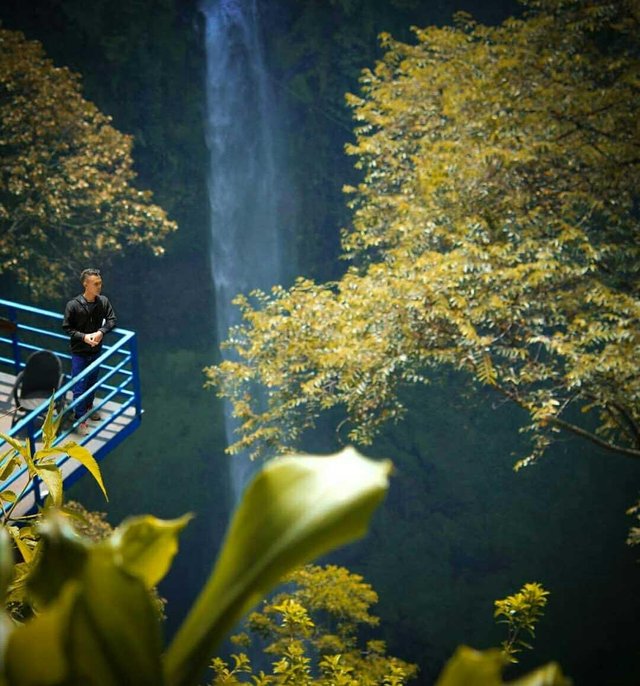
If we stir the vessel of modern scientific hypotheses, and choose which of them is the most obscure between the real line and the forecast, we will find the Gaia Hypothesis at the top of the rating.
For four decades, the idea of a "living earth" continued to gather concrete evidence to support it, scientists from various fields began to be interested in the idea.
Then what is the Gaia Hypothesis? Named after the Goddess of the Earth of ancient Greece, this theory describes our planet as a system that lives, breathes and as a whole which has its own rules.
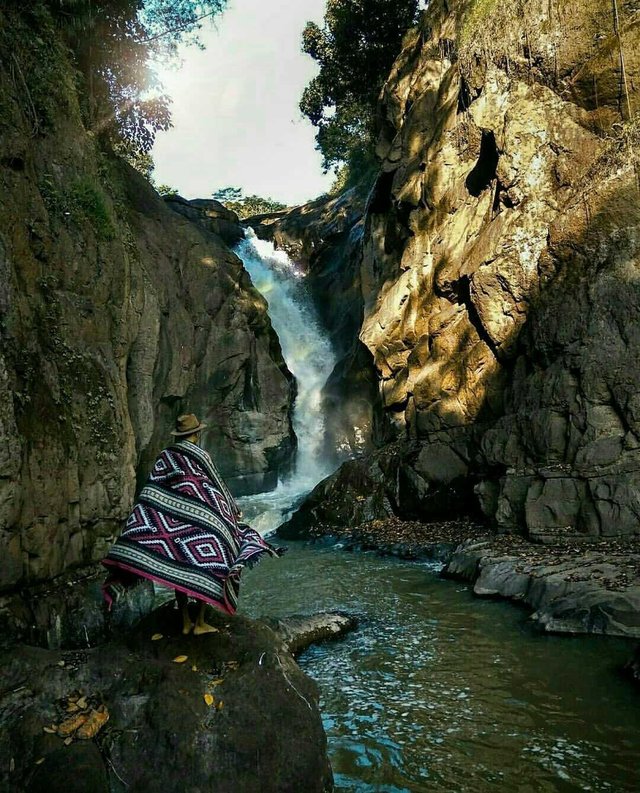
Look at the air we breathe for example. Oxygen is a practical element that is needed by all organisms to live, ranging from bacteria, fish to humans. This gas has for 21% managed 21% of the composition of the Earth's atmosphere which is related to the survival of organisms (plants) which continuously release the gas. Highly reactive oxygen-elements have the potential to form minerals and other gases from the atmosphere and crust, completely obscuring their respective compounds.
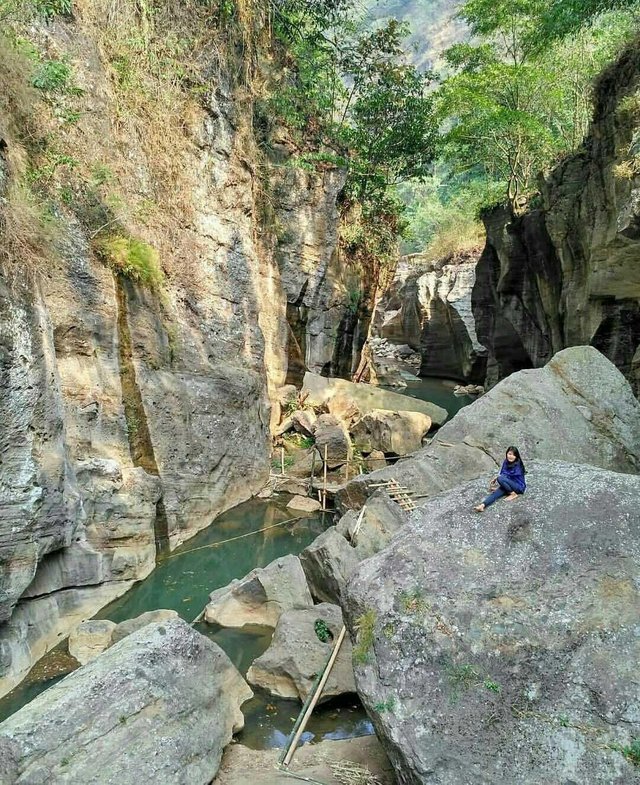
But even though unstable, the Earth's atmosphere is a relatively incessant support for life. This is one of the observations of chemist James Lovelock which was presented at a scientific conference held at Princeton in 1969. Expressing the concept of the universe as a game of mere fortune, Lovelock postulated that the earth can work well like a living organism that is great , he organized all forms of material, both organic and inorganic material with a definite goal, namely to create a decent environment to support life in it. Apart from his past achievements - especially when creating sensitive instruments for the Viking spacecraft on Mars exploration - Lovelock's idea of a living earth drew strong criticism from his colleagues.
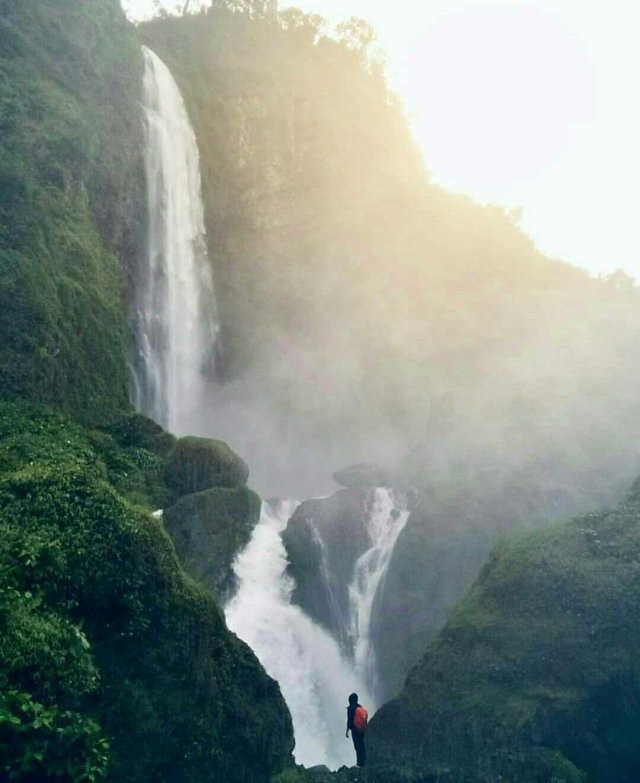
Another thing that Lovelock raised was the unchanged concentration of salt water in the sea, which remained at an optimal level for the existence of life. Science has found that river water constantly drags salt minerals into the sea, but when sea water evaporates into clouds, the salt will not be carried away. If we strictly follow logical thinking, we must conclude that the concentration of salt in the sea should increase over time. But this does not happen. The concentration of salinity has not changed for centuries. According to those who support the Gaia Hypothesis, this refers to the colossal ability of the earth to maintain internal balance - a phenomenon that is scientifically appropriate (although it generally applies to cell organisms) like "homeostasis" (an internal system of balance in the body).
Some believe that the answer behind this peculiar phenomenon may be found in the formation of a salt mine: from time to time water forms a bay and is then confined by land. Water evaporates and only leaves salt. It is this land which is then covered by clay and sand, which gradually turns it into coral, preventing river water from carrying salt minerals away. Does this mechanism regulate salt concentration, such as fresh water (rivers) never be inhabited by fish and other sea creatures? According to proponents of this theory, this is not a coincidence, but rather a process controlled by Gaia himself.
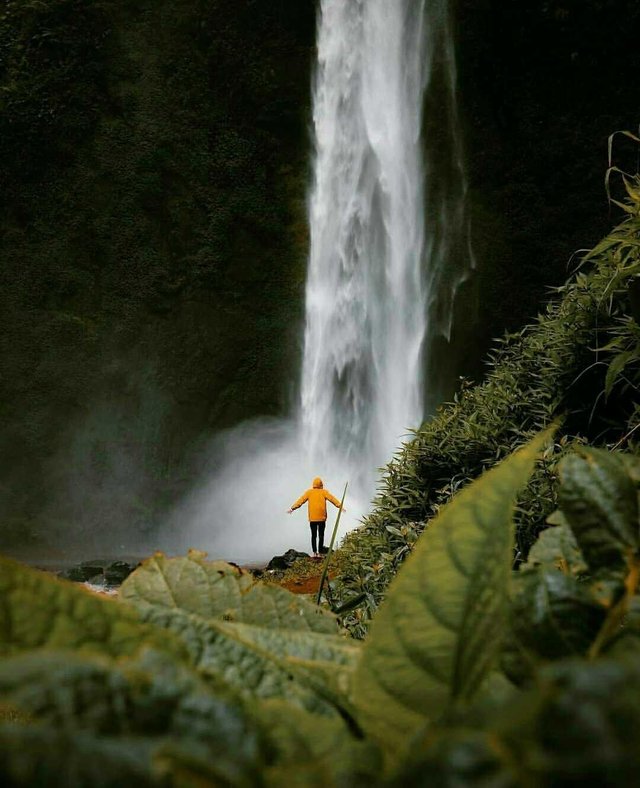
Another recent example that supports the existence of Gaia is coming from the discovery of a University of Hong Kong scientist, led by Jiu Liao. During their research along the coast, the research team noted that the tide seemed to make the coast "breathe" like air and moisture that circulates through water pressure on the seabed. The most obvious respiratory cases can be seen in air bubbles that emerge from the coastal floor. The tide seems to affect the rhythmic movements of the seabed, causing something similar to breathing but with a slower frequency, to be exact, of course, adjusted to the size of the vast earth.
Evidence about the earth that lives and breathes does not just stop there: a final report by scientists from the Mauna Loa Observatory in Hawaii shows that the concentration of carbon dioxide (CO2), from 1955 to 1995, varied in rhythmic-up and down patterns, with evidence collected through several geographic stations, and some of them interpret like the earth is inhaling and exhaling.
The Gaia hypothesis stands against the domination of the theory that holds to ideas, the conditions that are feasible for life to be managed for thousands of years are merely coincidences - this isolated independent process of work creates a weak situation. The belief that the Earth is a living system is an idea that until now has more skepticism than those who support it, but thinking can change as evidence emerges.
For the discussion, hopefully we can benefit from the discussion. I conclude with greetings @siatteuk
Thank you to the witness
@blockbrothers @curie @good-karma
@gtg @jesta @klye @netuoso @roelandp
@smooth.witness @teamsteem
@Timchilff @utopian-io @xeldal @yabapmatt
You just planted 0.13 tree(s)!
Thanks to @siatteuk
We have planted already 3372.52 trees
out of 1,000,000
Let's save and restore Abongphen Highland Forest
in Cameroonian village Kedjom-Keku!
Plant trees with @treeplanter and get paid for it!
My Steem Power = 19252.44
Thanks a lot!
@martin.mikes coordinator of @kedjom-keku